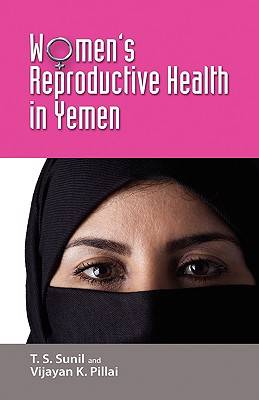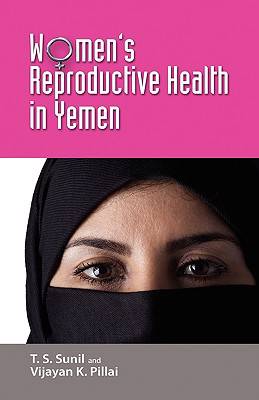
- Retrait gratuit dans votre magasin Club
- 7.000.000 titres dans notre catalogue
- Payer en toute sécurité
- Toujours un magasin près de chez vous
- Retrait gratuit dans votre magasin Club
- 7.000.0000 titres dans notre catalogue
- Payer en toute sécurité
- Toujours un magasin près de chez vous
142,45 €
+ 284 points
Description
Yemen is an arid and mountainous country in the southern corner of the Arabian Peninsula. Yemen is mostly rural, with over half the population below age 15, and more than one-fifth of its 22 million people are malnourished. One of the poorest Arab countries, Yemen's birth and population growth rates are also among the world's highest. With an annual growth rate of 3.4 %, the population could double by 2030. The country's current fertility rate is 6.2. This reflects a high birthrate, 39.2 per 1,000 population, and a declining mortality rate, 11 per 1,000 population. Yemen's infant mortality rate, however, still ranks as one of the highest in the world. This includes a mortality rate of 102 per 1,000 live births for children under 5 years old in 2003. From the late 1980s through the late 1990s, Yemen experienced a high maternal mortality ratio of 351 maternal deaths per 100,000 live births. Maternal deaths account for about 42% of all deaths among Yemeni women between the ages of fifteen and forty-nine. Since the unification of Yemen in 1990, several structural reforms and policy changes have been introduced to control its population growth. Although the government recognizes population growth as a major challenge to development, little progress has been made in implementing population policy and societal consensus remains elusive. Thus, the structural context of reproduction in Yemen exposes women to a large number of risks. The disadvantages of poverty and poor health among women are passed on from one generation to the next. Even during the course of reproduction, poor women face several threats to their physical and mental well being. While these disadvantages have been well chronicled in most societies, not much is known about reproductive health in many poor Arab countries. But for a few rich Arab countries such as Saudi Arabia, the state of reproductive health among women in poor Arab states has been hardly investigated. Although, more recently, several studies have attempted to document poor reproductive health conditions in this part of the world, a few countries go unnoticed mostly due to the lack of access to national level data. The Republic of Yemen, one of the poorest countries in the Middle East, has for several reasons failed to draw the attention of social science researchers. The authors began a number of studies to learn more about Yemeni women's reproductive health under the conditions of dire social and economic disadvantages caused by extreme poverty. This book is a compilation of the authors' studies on Yemen and attempts to draw conclusions which would not have been possible with a single study. The book examines the reproductive health of women in Yemen. Women's reproductive health has emerged as an area of concern among development agencies and international agencies such as the United Nations. However, theoretical models for examining reproductive health appear to lag behind the massive amount of reproductive health rhetoric in the recent years. Even though there is no uniform definition of reproductive health, we characterize reproductive health by focusing on the three components of fertility: intercourse, conception and gestation. This method directs attention to the context of reproduction in developing countries. In addition, the book reveals the previously underappreciated role of abortion in contributing to the first stages of fertility decline. The study finds that higher economic levels and improved social conditions for women do help bring about real improvements in many dimensions of reproductive health. Women's Reproductive Health in Yemen is an important book for scholars in demography and population health.
Spécifications
Parties prenantes
- Auteur(s) :
- Editeur:
Contenu
- Nombre de pages :
- 242
- Langue:
- Anglais
Caractéristiques
- EAN:
- 9781604976625
- Date de parution :
- 28-01-10
- Format:
- Livre relié
- Format numérique:
- Genaaid
- Dimensions :
- 140 mm x 216 mm
- Poids :
- 453 g

Les avis
Nous publions uniquement les avis qui respectent les conditions requises. Consultez nos conditions pour les avis.






